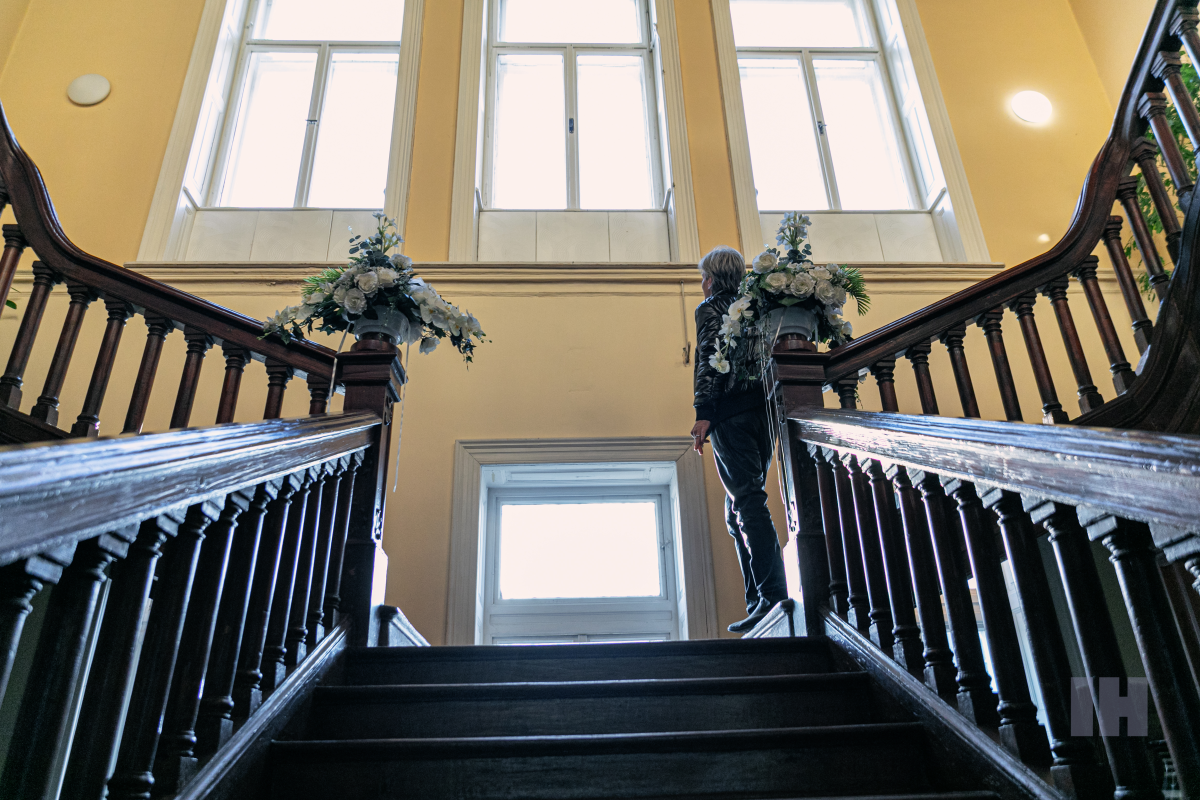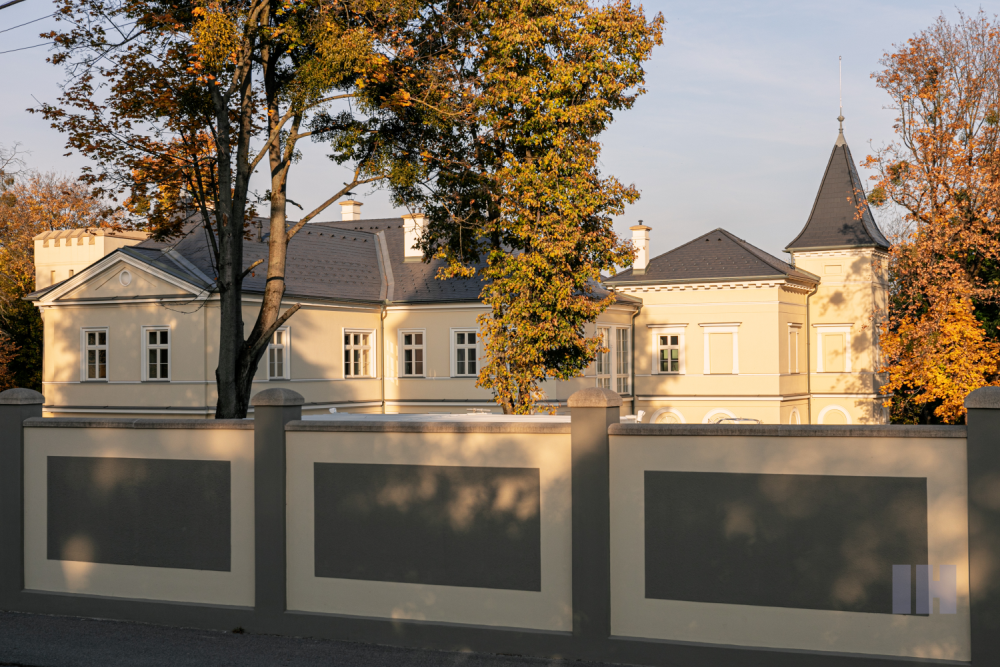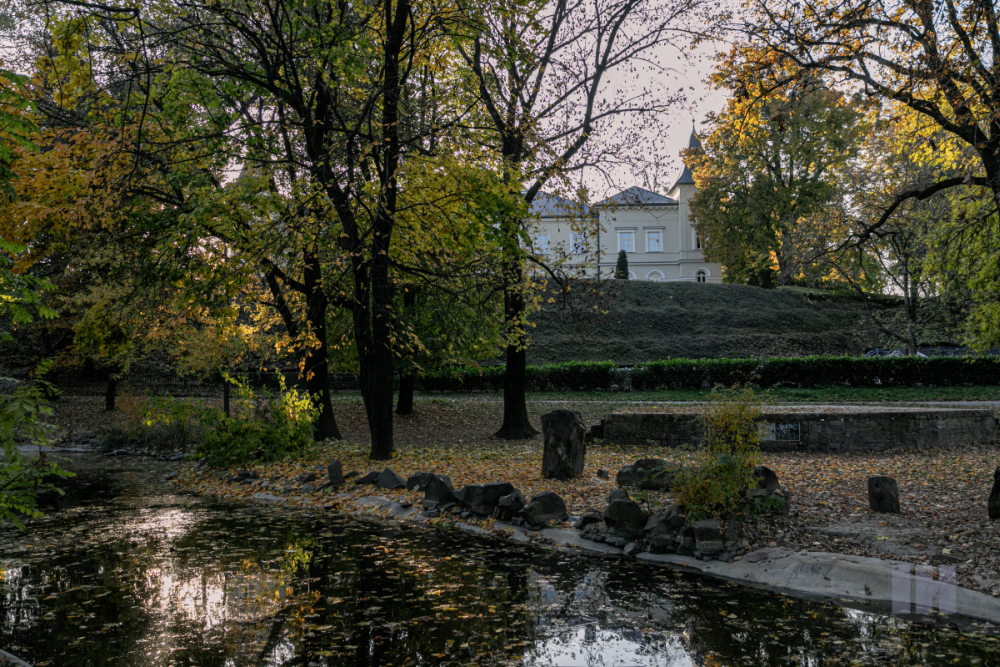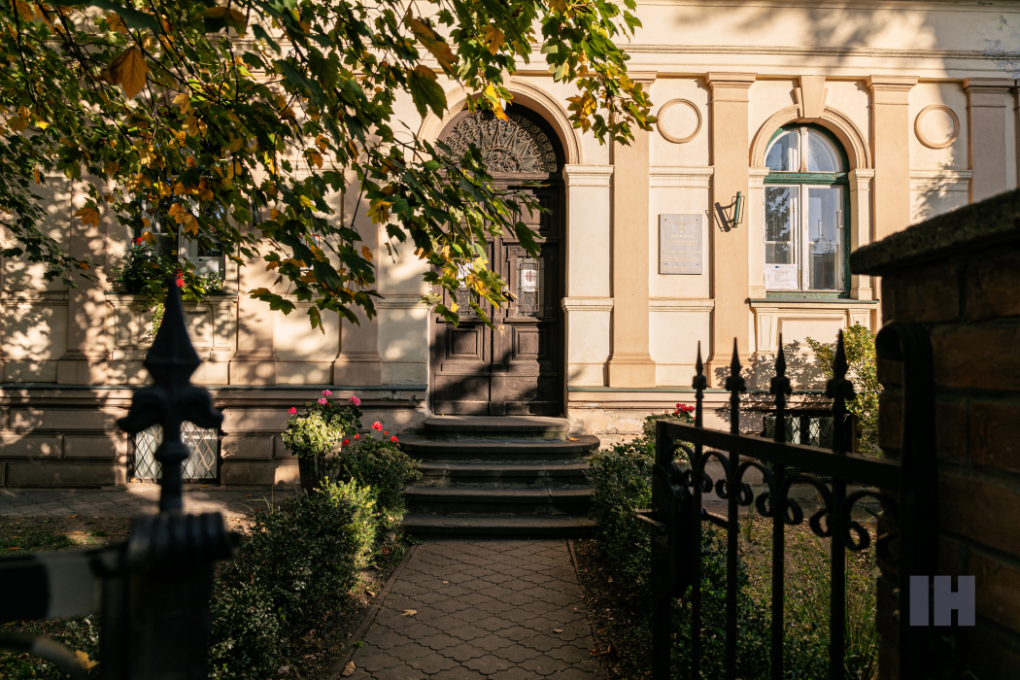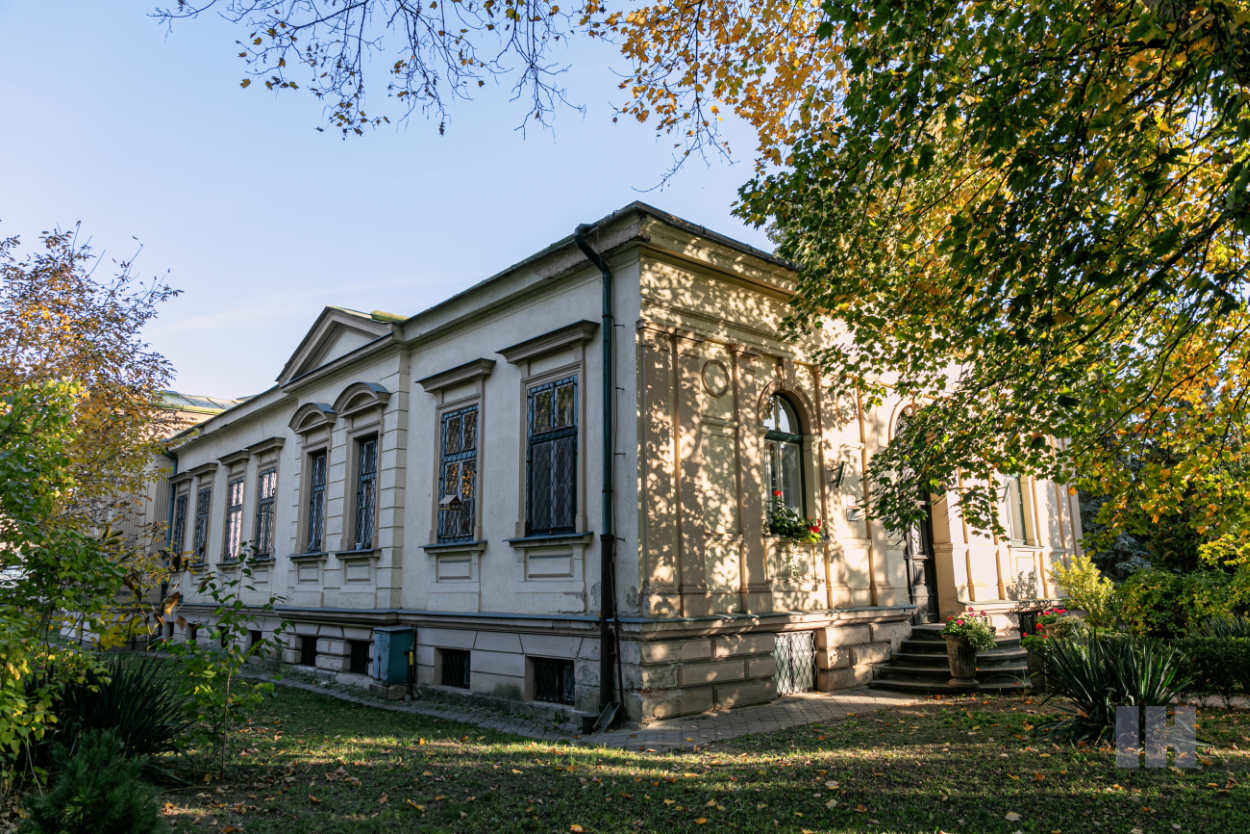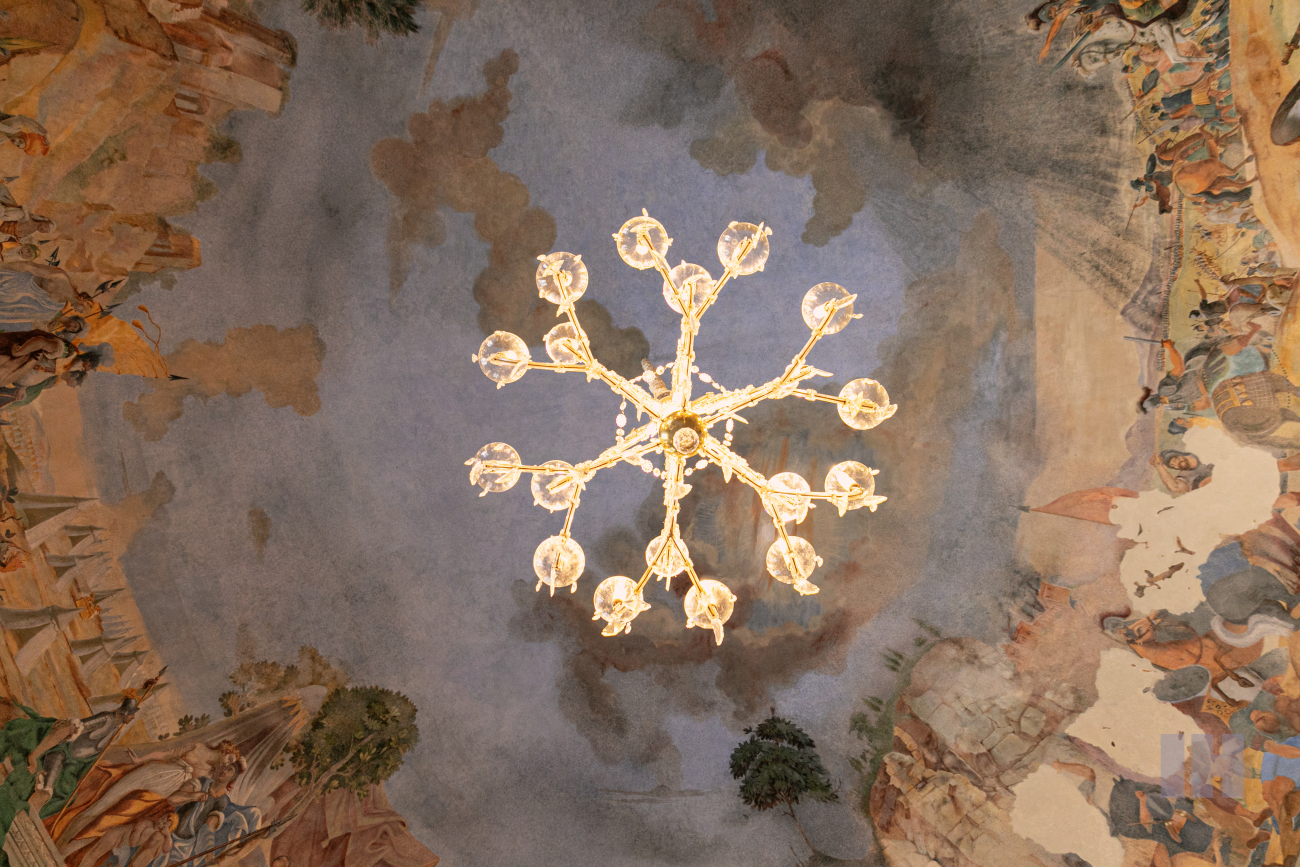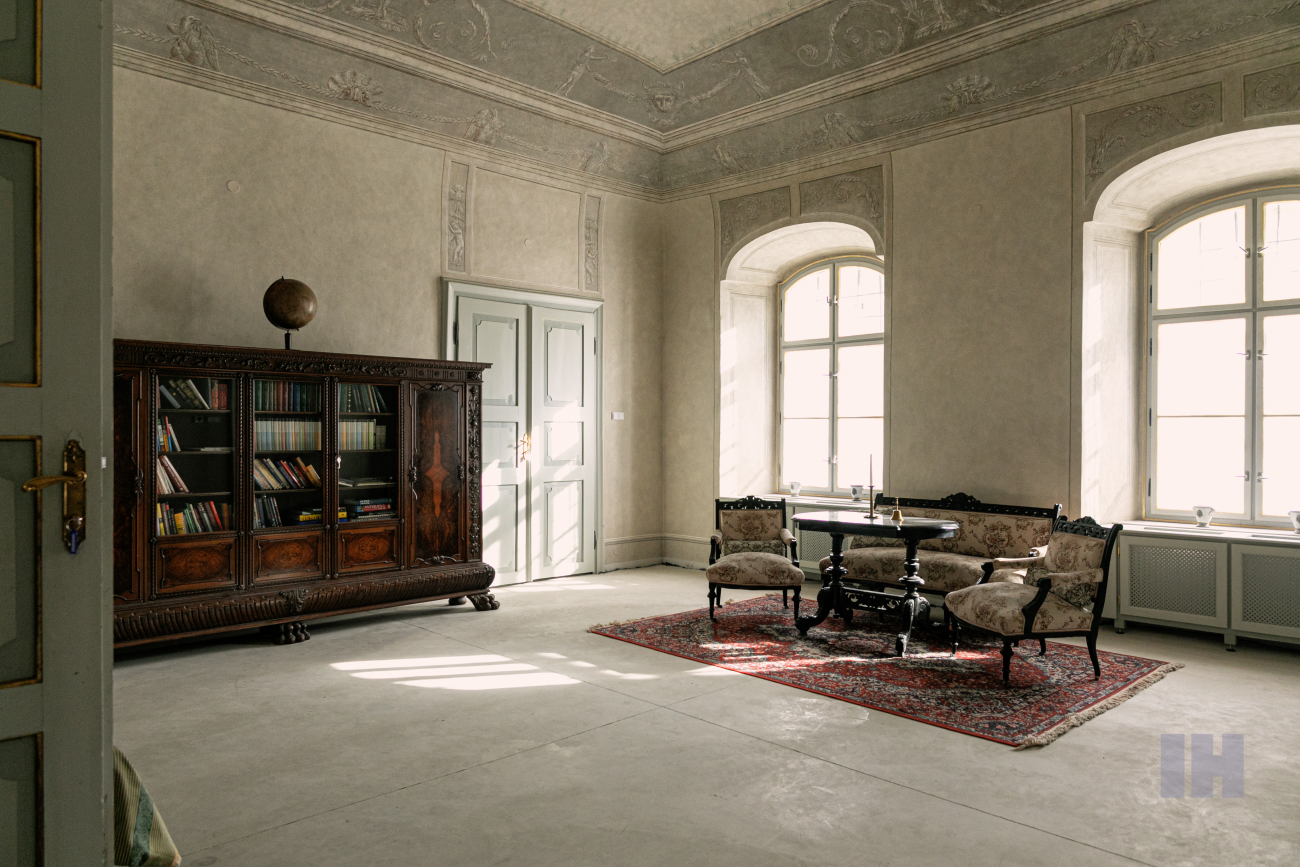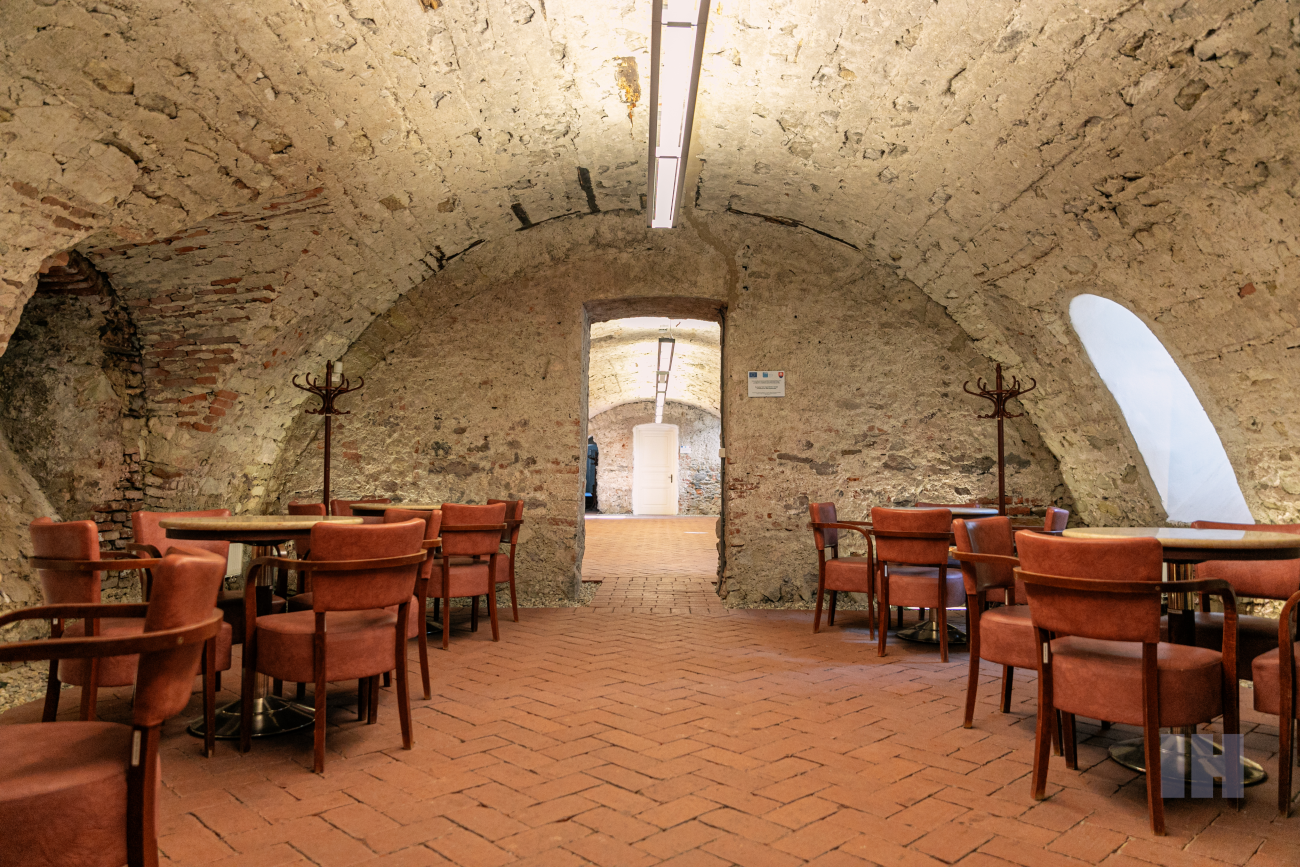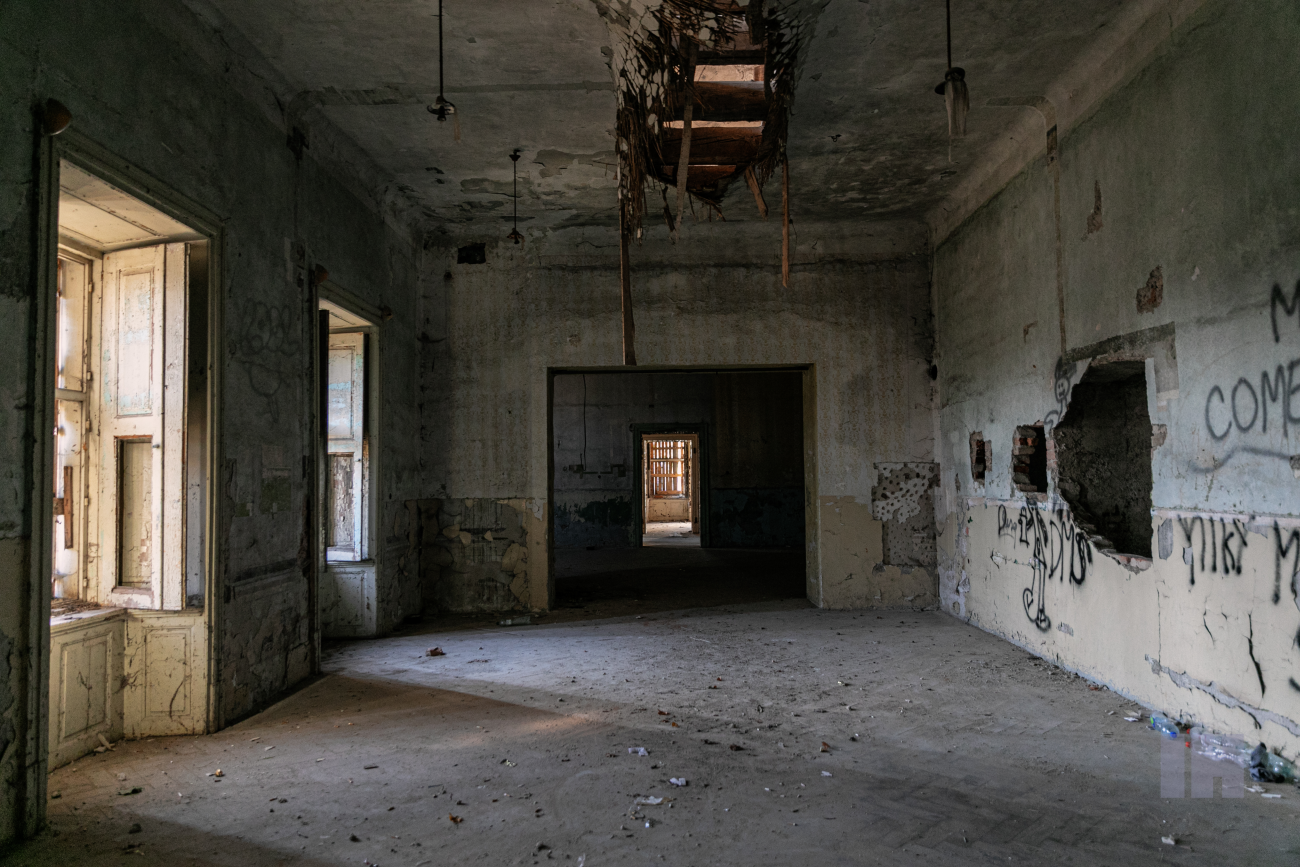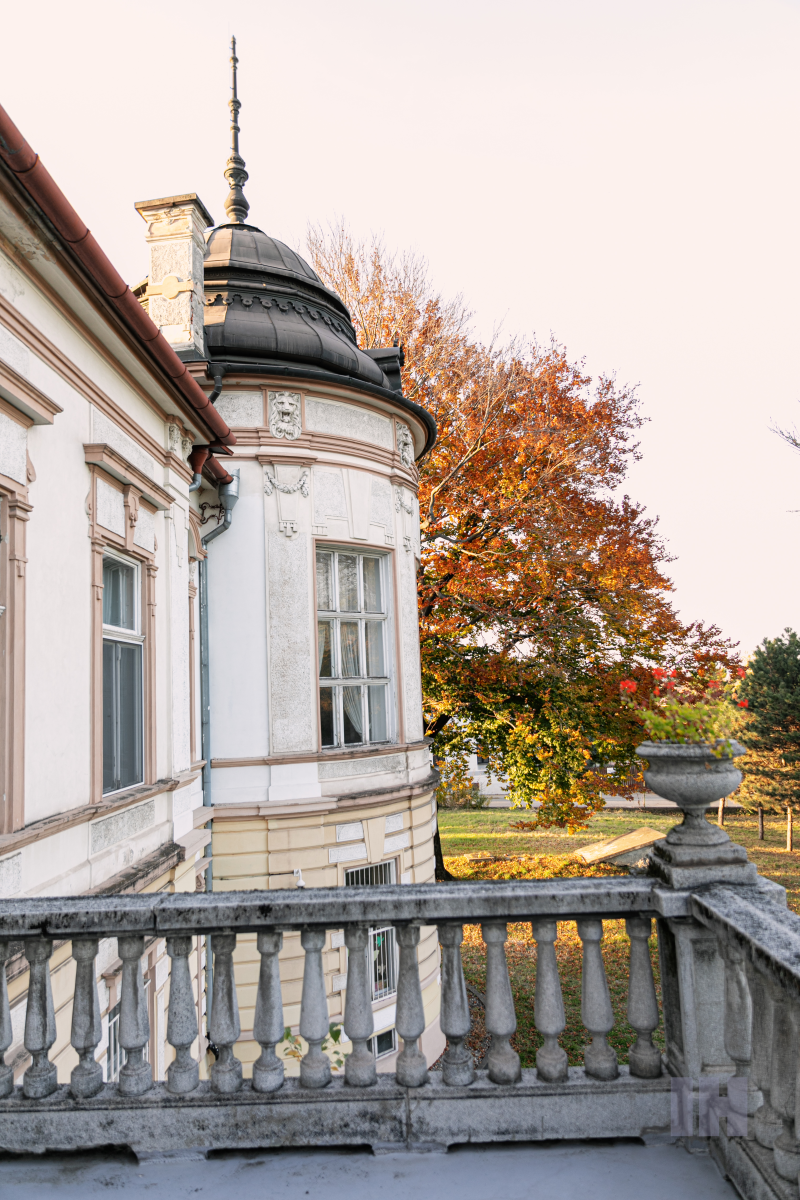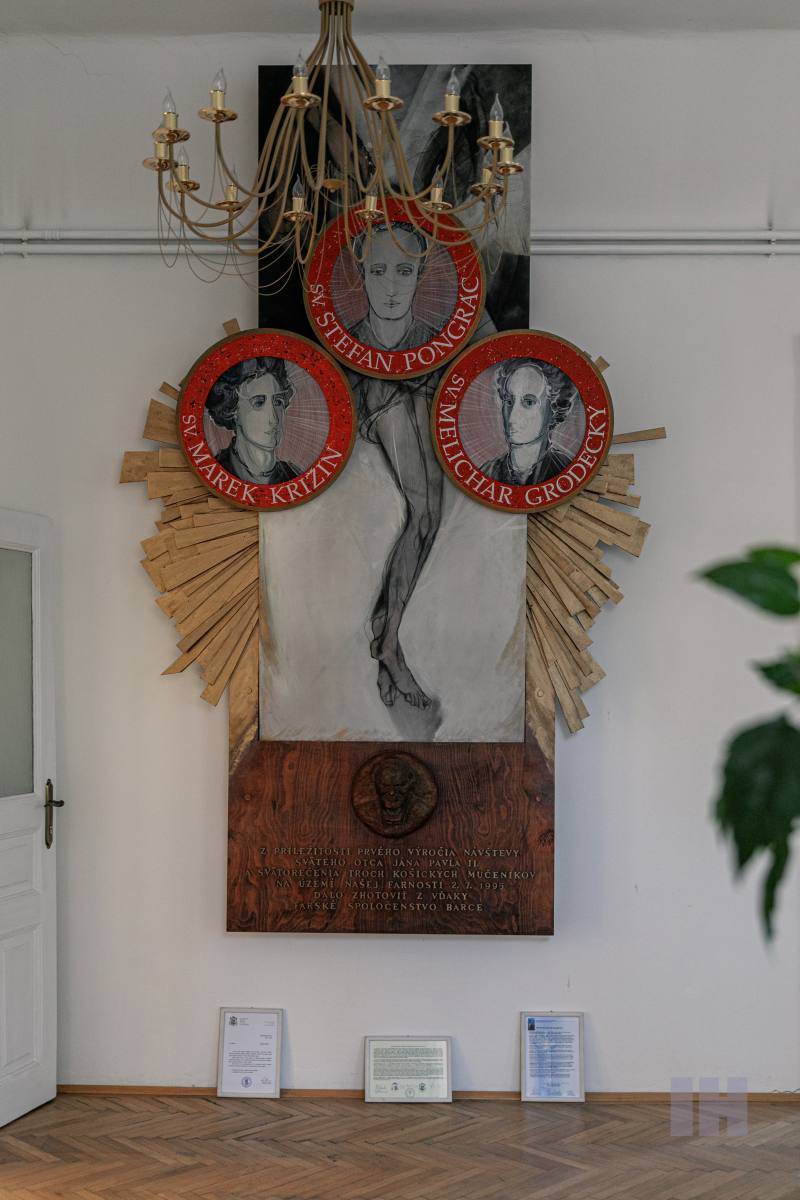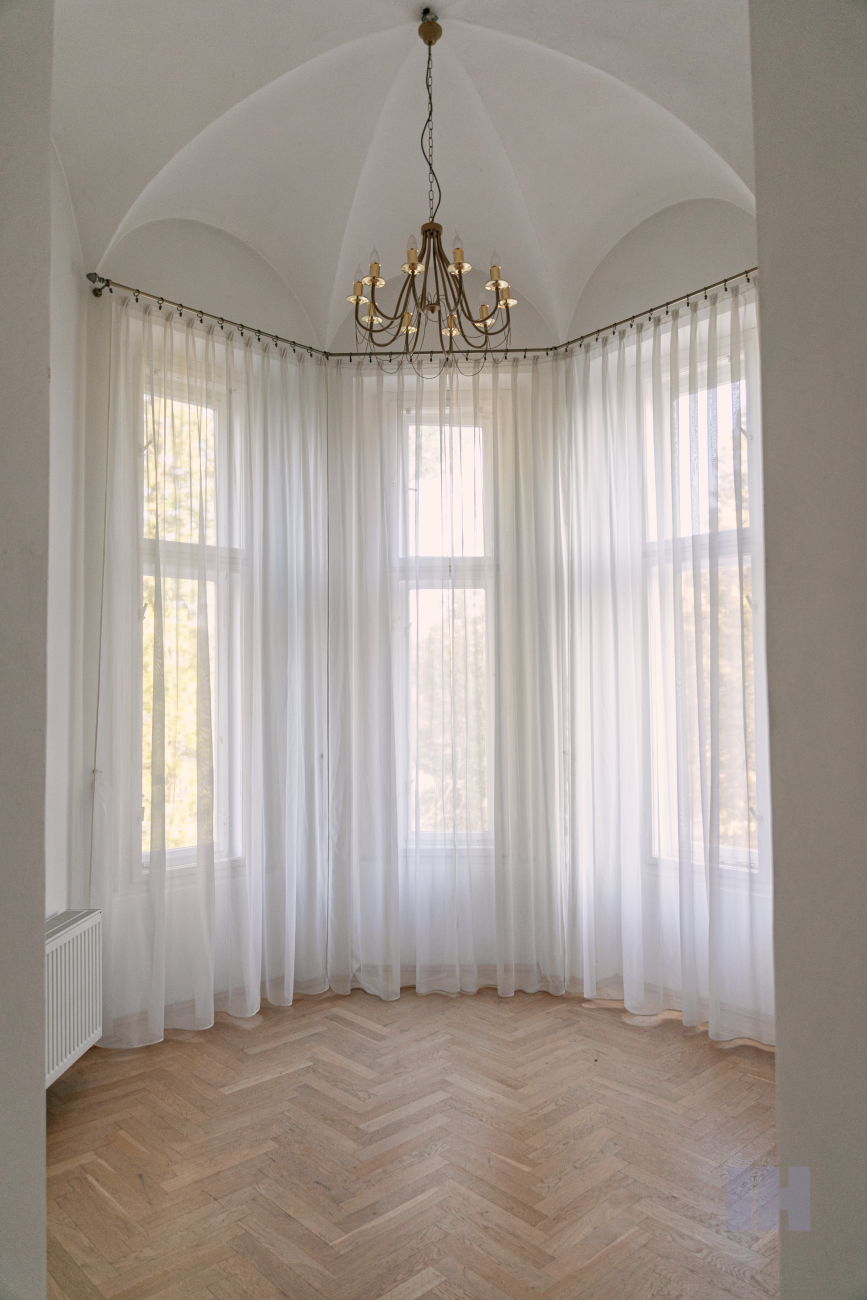6 Manor Houses in Košice
When castles were too big and too far away for aristocrats, they started to permanently reside into smaller and less fortified ones. Simply said, this is how manor houses came into existence. Manor houses resemble castles a bit (some even look like smaller fortresses), but they are less flashy and more vulnerable without the fortification.
The Barczay manor house (17th century, reconstructed in 1840)
City borough: Košice – Barca
It was built around 400 years ago, most probably on the foundations of a medieval castle. Until 1945, it was a summer residence of the Barczay family, after which Barca is named. Octagonal towers were built additionally during the reconstruction in the 19th century because many architects inclined towards romanticism at that period.
You don’t need to be born earlier to remember that there used to be a dormitory in the building. Nowadays, it is the property of a private investor.
The manor house of countess Klobusitzka (around 1877)
City borough: Košice Old Town
In order to talk about 6 manor houses in Košice, we also need to count those built in the nearby villages, which had become boroughs of Košice later on. The exception is the manor house built on Masarykova street 19.
A countess named Regina Klobusitzka ordered to build it, and eventually, after other owners, it was purchased by the bishop Augustín Fischer Colbrie. In 1927, the Society of the Sisters of Jesus (Societas Sororum Sociales) started to function in the building. In the interior, they set up a chapel, from which only a dove as a symbol of the Holy Spirit withstood Socialism. The whole monastery was named after the chapel devoted to the Queen of Peace (Regina Pacis). This building was also where Sára Schalkházi worked (1899-1944). Together with her Sisters, she is well known for saving over 1000 Jews in Budapest during the war.
When Sisters had to leave the manor house at the beginning of Socialism, it functioned as an orphanage and later as the Pioneer House and the House of young technicians. After the Velvet Revolution, the Society of the Sisters returned to the building and stayed here until 2017. After that year, the manor house of countess Klobusitzka has been a residence of Archdiocese charity.
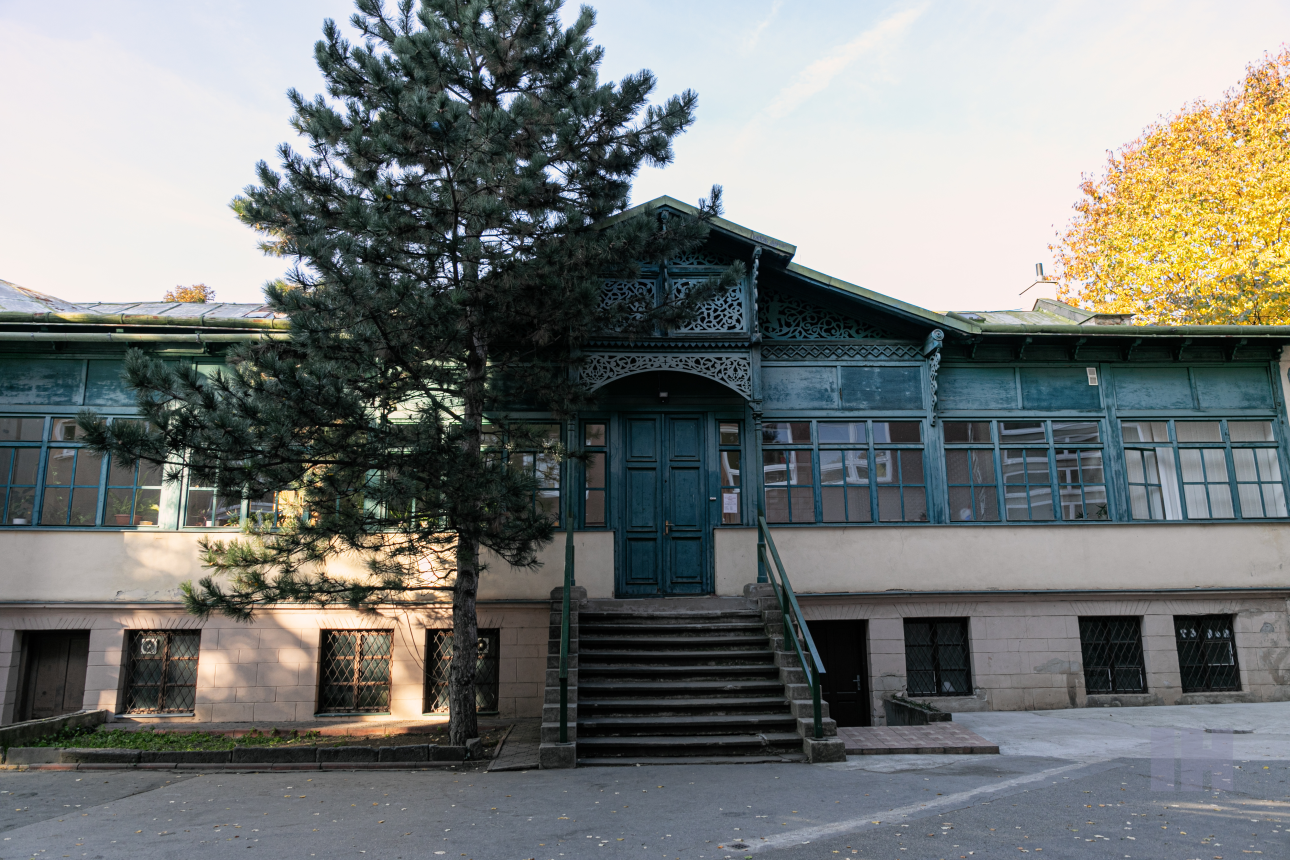
The manor house of the Semsey family (1776)
City borough: Košice – Šaca
The previous glory of the Semsey family resembles the oval hall with rich decoration full of different scenes. For example, the one where Antonio courts Cleopatra. This is how the baroque painter Erazmus Schrőtt decorated it. He is the one who later on decorated the front wall of the Church of the Holy Trinity in the Košice’s Main street, or painted the sceneries in Košice’s (currently historical) Town Hall or the backdrops and the curtain for Košice’s State Theatre. Luckily, the ceiling painting in the manor house’s chapel depicts Our Father in heaven with a friendly smile.
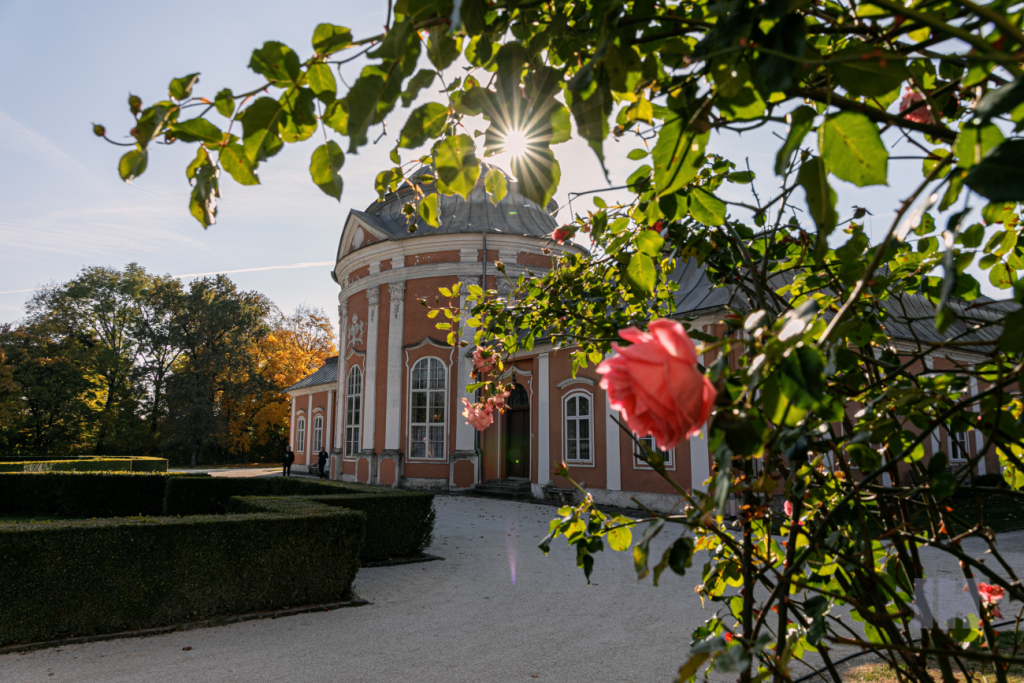
In 1933 the Semsey family sold the manor house to Košice’s doctor Ladislav Nemessányi, who had his hospital in the current building of Hygiene Station on the street of Anti-fascist Fighters (between Bajzova and Palckého street). In the manor house, he inhabited 4 rooms and even had his ambulance there. You wouldn’t believe what the manor house actually served during the Socialism: An incubator and poultry house, a machine repairing home and storehouse of Farmer’s Associations (JRD), and state property. What’s more, it also served as garages for the buses of Košice Transit Company (DPMK).
The current owner treats it as it was his, and so it is. Not only does he enhance it, but he also rents it for various purposes. However, he says, “All that glitters is not gold,” and the same works with owning a manor house. “The building is not protected against the tryings to damage it by destroying its surrounding, which is in the protection of cultural monuments. In this fight, the developers, with the support of the state and municipalities, usually win. Apparently, it is not a problem that it conflicts with the laws and international agreements.”
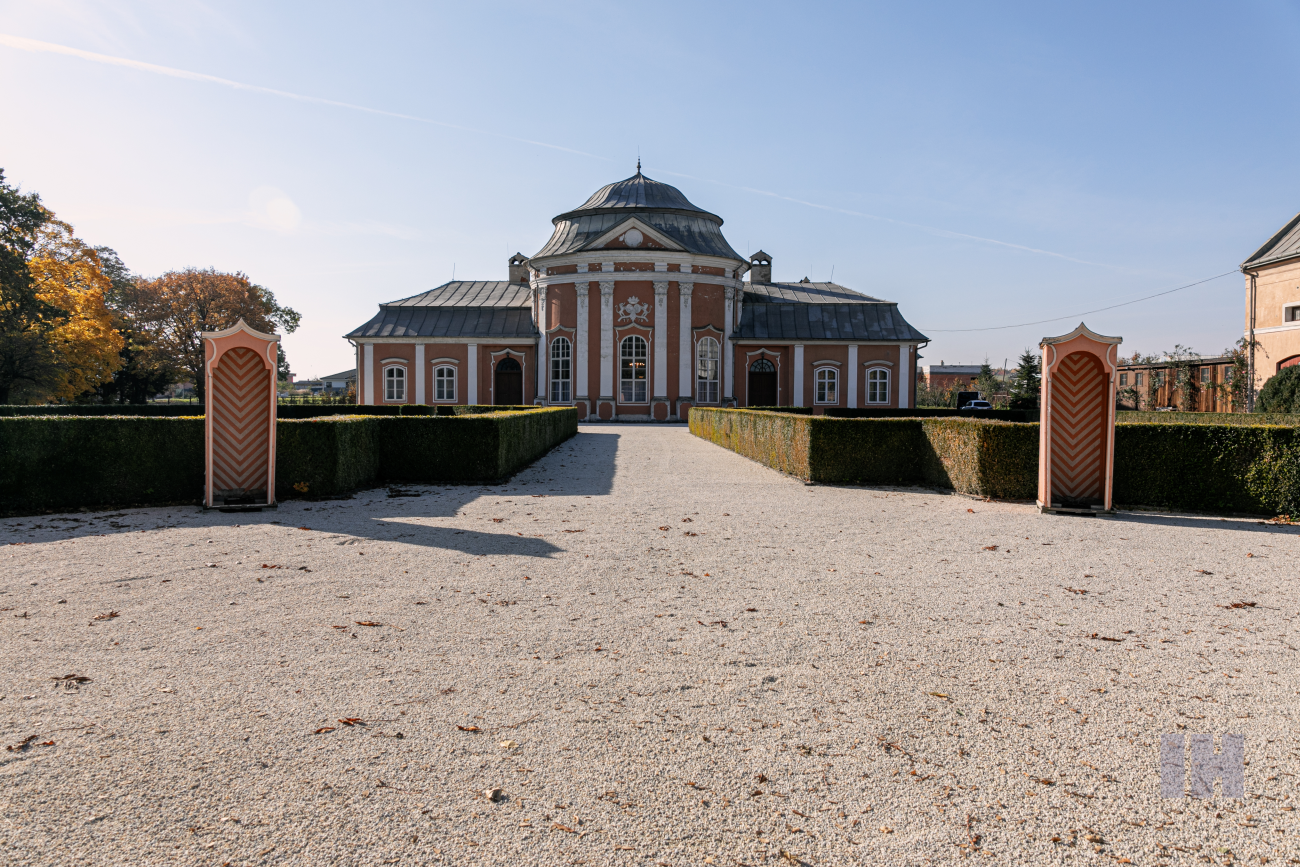
Mesko manor house (16th century)
City borough: Košice – Krásna nad Hornádom
The European Capital of Culture project in 2013 improved and reconstructed around 20 objects in the city. It was probably most helpful in rebuilding the manor house in Krásna nad Hornádom. It cost 1.2 million euros.
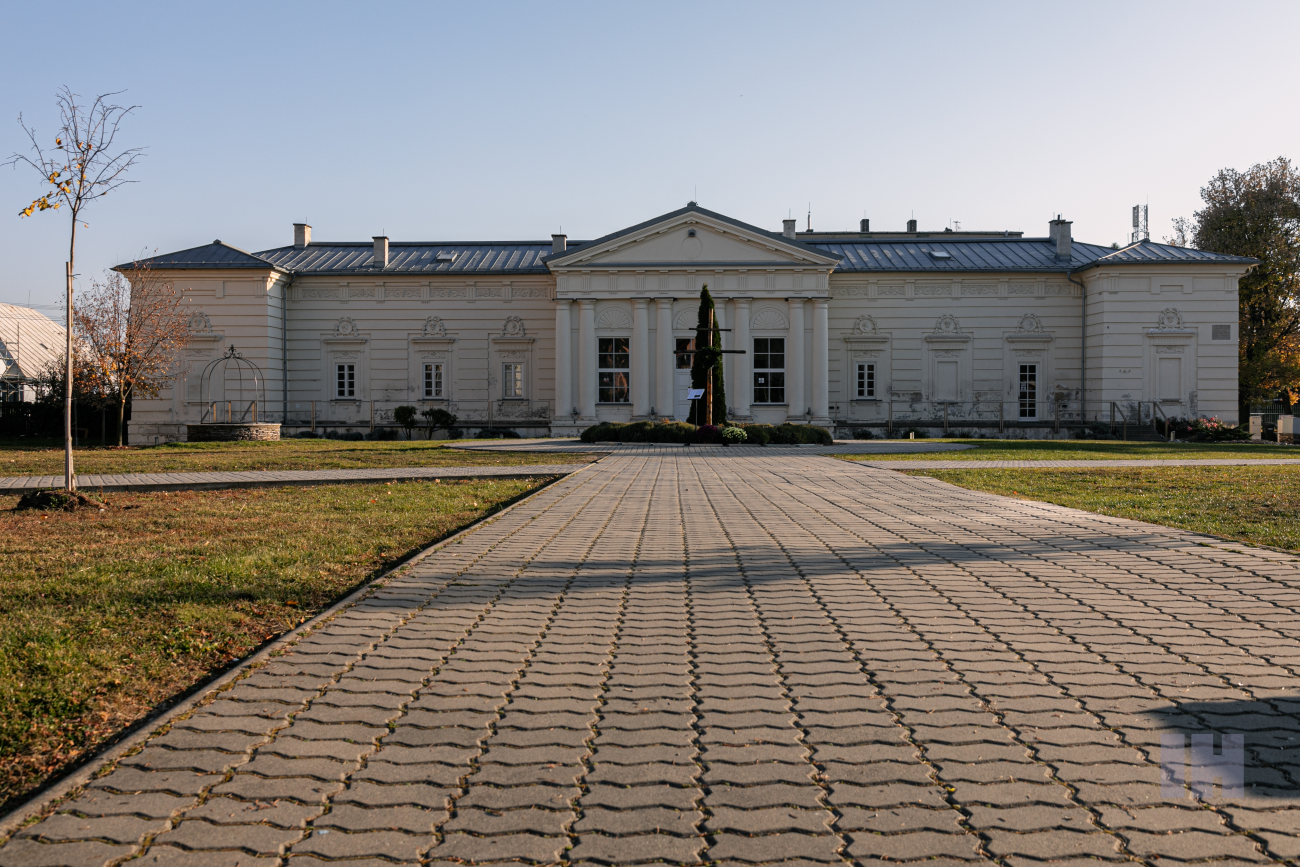
In the 16th century, it was built as a fortress with defensive towers and shooting galleries. It was rebuilt nine times in the following years, and the latest reconstruction was done in a classicist version. Therefore we can find there a reference to antique in the medallions of the emperors. Under them, there are animals called griffins, which look like lions from below, and eagles from above.
From the beginning of the 18th century until 1838, an aristocratic family Mesko lived there, and after them, it was an earl Zichy. During the first Czechoslovak Republic, it functioned as a school led by nuns, and then during the Socialism, the school continued in the building, but without nuns. After 1969 the school was moved to the building behind the manor house. Since then, it has functioned as the National Committee, Public Safety, post office, Ceremonial Hall, and a gym.
The project architect of the latest reconstruction in 2012 – 2013 was Peter Lopuchovský, who equipped it with beautiful chandeliers from Italy. Everyone likes them except for the cleaning ladies.
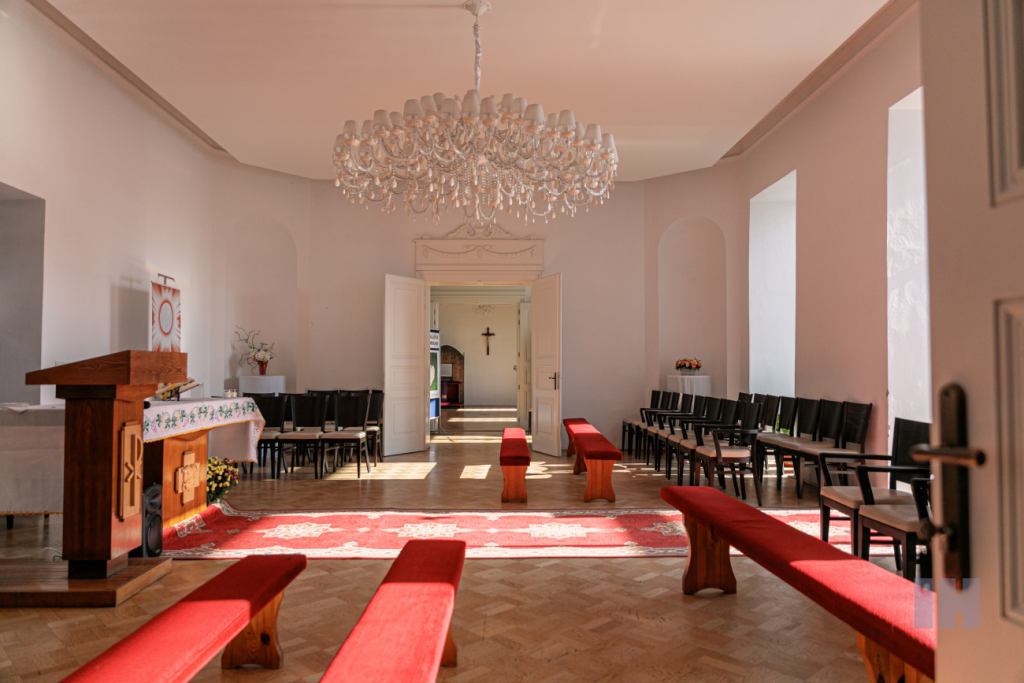
The manor house of the Dobay family, later called Zichy (end of the 18th century, reconstructed in the 1st half of the 19th century)
City borough: Košice – Šaca
This manor house is a sleeping beauty waiting for a kiss in the form of some EU funding.
The manor house (as it is typical for classism) resembles the classical architecture of ancient temples. In front of the north entrance, 4 pillars support the Tympanum triangle. There used to be a coat of arms representing the name of the aristocrats in its middle. Since 1776 there used to be a chapel of the Holy Cross on the left side of the entrance.
The second owner, an earl Zichy, expanded the manor house towards the mill (on the East) and added a hall on the North and two octagonal turrets. In the west turret, there was a kitchen, and above it, the servants lived.
From the end of the 19th century, the manor house had its own water supply, sewerage system, and even gas supply. Its pipes lead to the North shield, and the gas probably enlighted the coat of arms. Around it, a green park with fountains and artificial caves could be found.
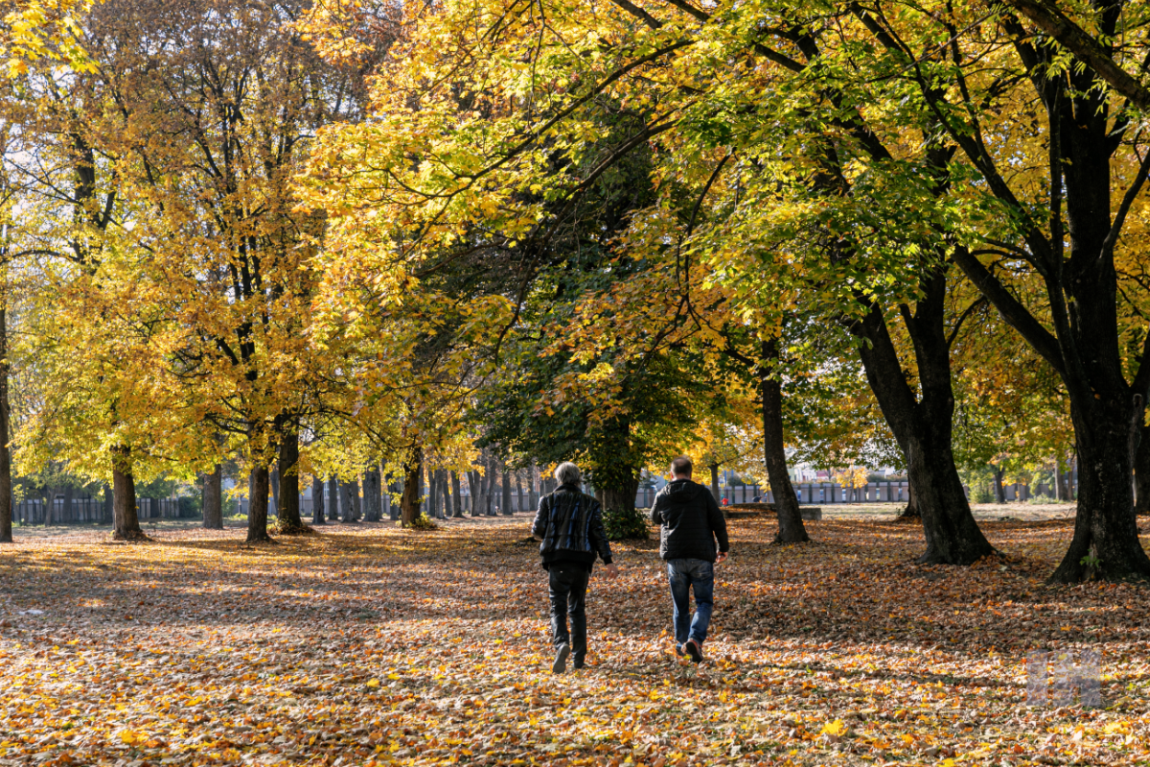
The manor house of the Zichy family, later Zichy (15th century, reconstructed in 1899)
City borough: Košice – Barca
The most beautiful residence of all 22 mayors of Košice is where the mayor resides in Barca’s manor house.

After an earl Zichy (pronounced zɪʧɪ), the fate of the manor house was not that bright. In quite a short time, it functioned as the State experimental administration, a village school, a military command, a Hungarian police school, a National security force, a Secondary agricultural technical school, and a Secondary agricultural school.
Nowadays, it serves as the city borough headquarters and as a museum of John Paul II. and Barca’s museum. Did you know that the iconic scene from Titanic was supposed to be originally filmed in the entrance hall of this manor house? 😊
